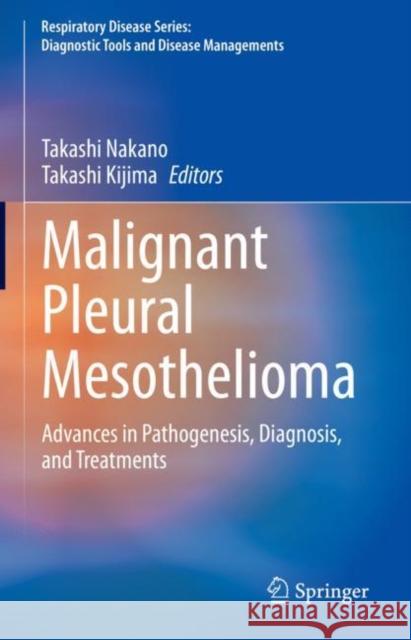Malignant Pleural Mesothelioma: Advances in Pathogenesis, Diagnosis, and Treatments » książka
topmenu
Malignant Pleural Mesothelioma: Advances in Pathogenesis, Diagnosis, and Treatments
ISBN-13: 9789811591570 / Angielski / Twarda / 2021 / 352 str.
Malignant Pleural Mesothelioma: Advances in Pathogenesis, Diagnosis, and Treatments
ISBN-13: 9789811591570 / Angielski / Twarda / 2021 / 352 str.
cena 524,53
(netto: 499,55 VAT: 5%)
Najniższa cena z 30 dni: 501,19
(netto: 499,55 VAT: 5%)
Najniższa cena z 30 dni: 501,19
Termin realizacji zamówienia:
ok. 22 dni roboczych
Bez gwarancji dostawy przed świętami
ok. 22 dni roboczych
Bez gwarancji dostawy przed świętami
Darmowa dostawa!
Kategorie BISAC:
Wydawca:
Springer
Seria wydawnicza:
Język:
Angielski
ISBN-13:
9789811591570
Rok wydania:
2021
Wydanie:
2021
Numer serii:
000796246
Ilość stron:
352
Waga:
0.59 kg
Wymiary:
23.88 x 19.56 x 1.52
Oprawa:
Twarda
Wolumenów:
01











